Tiritiri Matangi: How an uninhabited island is helping conserve New Zealand's birdlife
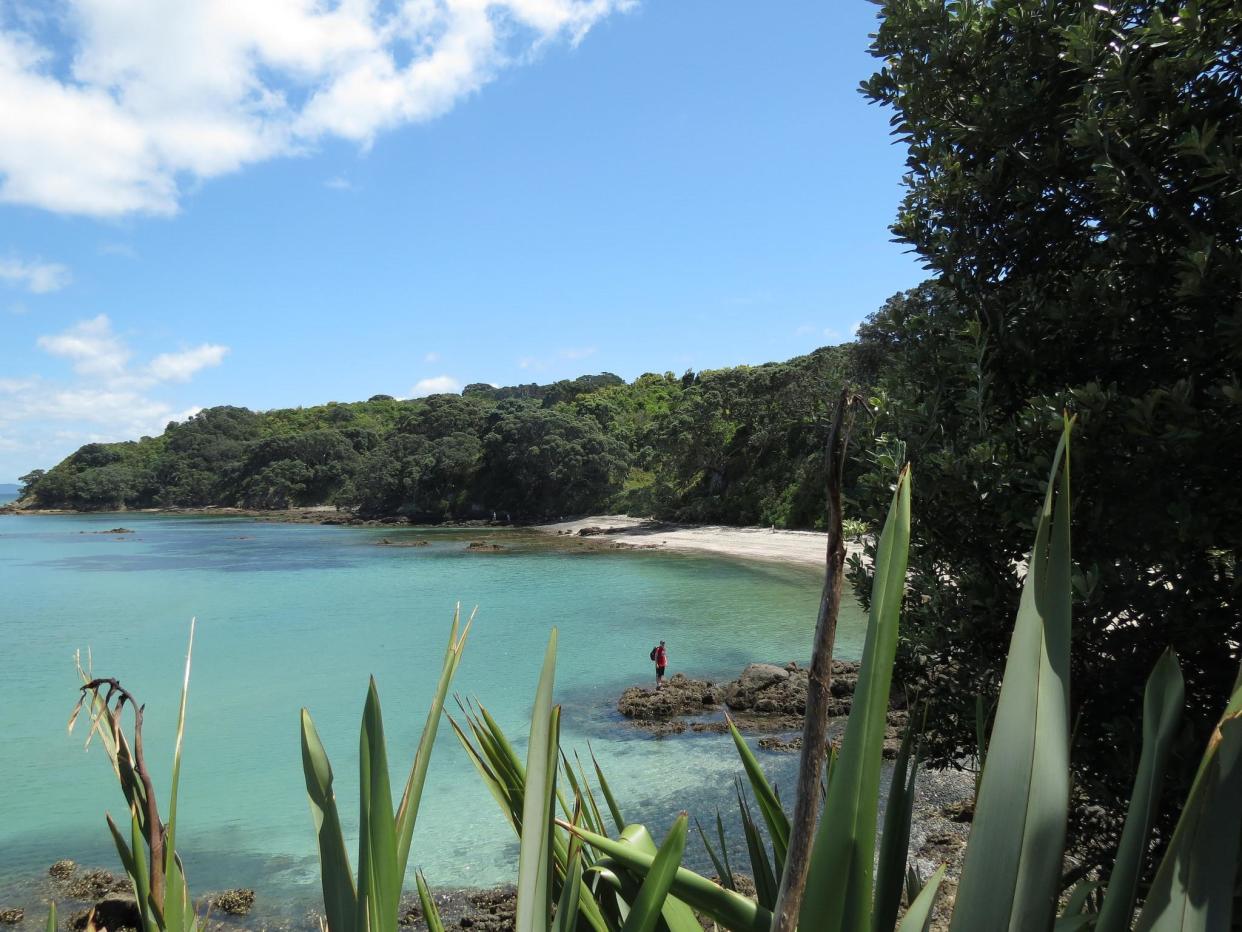
The little fella bobs along the seaweed washed up on the beach, clearly in search of something to eat. The North Island saddleback is only a small bird with a distinctive brown patch on its back, and it shouldn’t get you as excited as, say, a panda or tiger sighting. But that it exists at all is a remarkable story.
Tiritiri Matangi – a 75-minute ferry ride from downtown Auckland – is one of several offshore islands that New Zealand has turned into sanctuaries for its native birds. Some of these are essentially closed to all but the Department of Conservation and scientists, but Tiritiri Matangi is kept open to visitors in an ambassadorial role. Essentially, seeing what’s being done here gives a window into the heroic work being done elsewhere to stop these birds fluttering off into extinction.
Fate has thrown the mother of all curve balls at New Zealand’s bird life. The land broke off from the Gondwana supercontinent before mammals came on the scene, which allowed the birds millions of years to evolve in isolation.
With the only danger coming from the air, many species learned that the best way to avoid being eaten was simply to sit still so that falcons and swamp harriers couldn’t see them moving. Some stopped flying altogether, preferring just to scuttle along in the leaf litter.
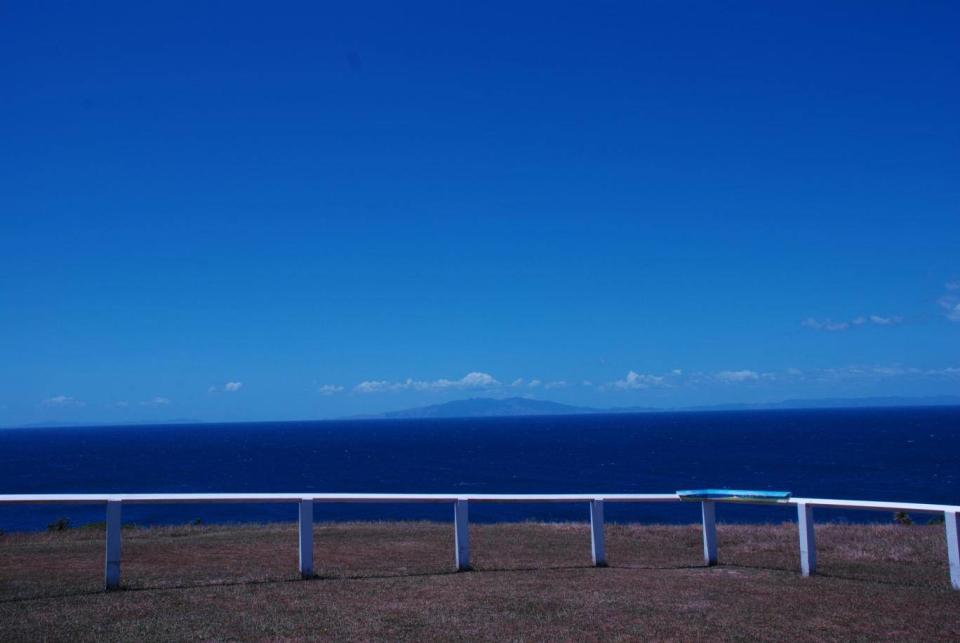
Then, between 800 and 1,000 years ago (late in the evolutionary scale), the Maori showed up. They brought rats and dogs with them. Suddenly the tactic of just sitting quietly on the ground was catastrophically counterproductive.
Next came the Europeans, with their cats, stoats and ferrets, stripping the natural habitat as they went. For the native birds, this became a bloodbath of epic proportions, with some species surviving only in remote mountain valleys or on offshore islands that the interlopers weren’t much interested in. In the saddleback’s case, by the late 19th century, there were just 500 left in total: all on Hen Island in the country’s far north.
Intervention came just in the nick of time. Thomas Potts, a naturalist from Dunedin, first proposed island sanctuaries in the 1870s. The first temporary sanctuary was set up in 1891, with a permanent haven being declared on Little Barrier Island in 1895.
Little Barrier is visible from the hilltop on Tiritiri Matangi, and is off-limits to the public. Not that what you’d see there is very different to what you see here. Many of the birds on Tiritiri Matangi have been moved from Little Barrier in a bid to expand the range of the threatened species.
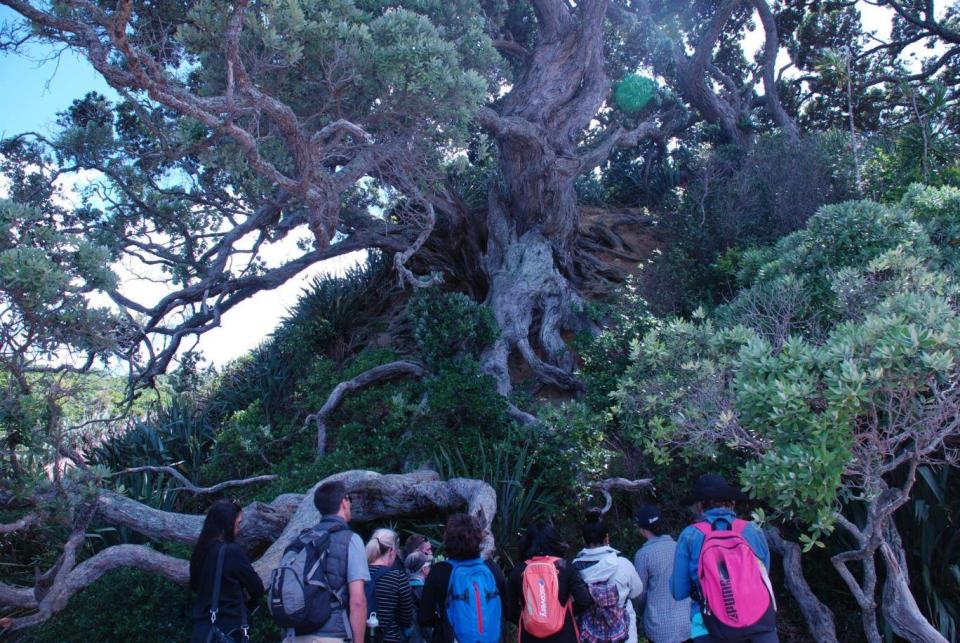
This before-its-time conservation drive has now morphed into one of the most ambitious environmental projects on earth – Predator-Free 2050. New Zealand is attempting to eradicate all introduced mammalian predators by the middle of the century, and these islands are the trailblazers. First task: eradicating all island nature reserves of non-native predators by 2025. Tiritiri Matangi had a head start – it was already largely free of the pests, and a controversial poison drop in 1993 did for the remaining Polynesian rats.
But it’s not just about the birds, as becomes clear on the guided walk from the ferry wharf up to New Zealand’s oldest working lighthouse. For the volunteers who lead the walks, this is the easy job. They get to walk through the forests, pointing out the flax plants used for weaving and the red-flowering pohutukawas that are known as the New Zealand Christmas tree.
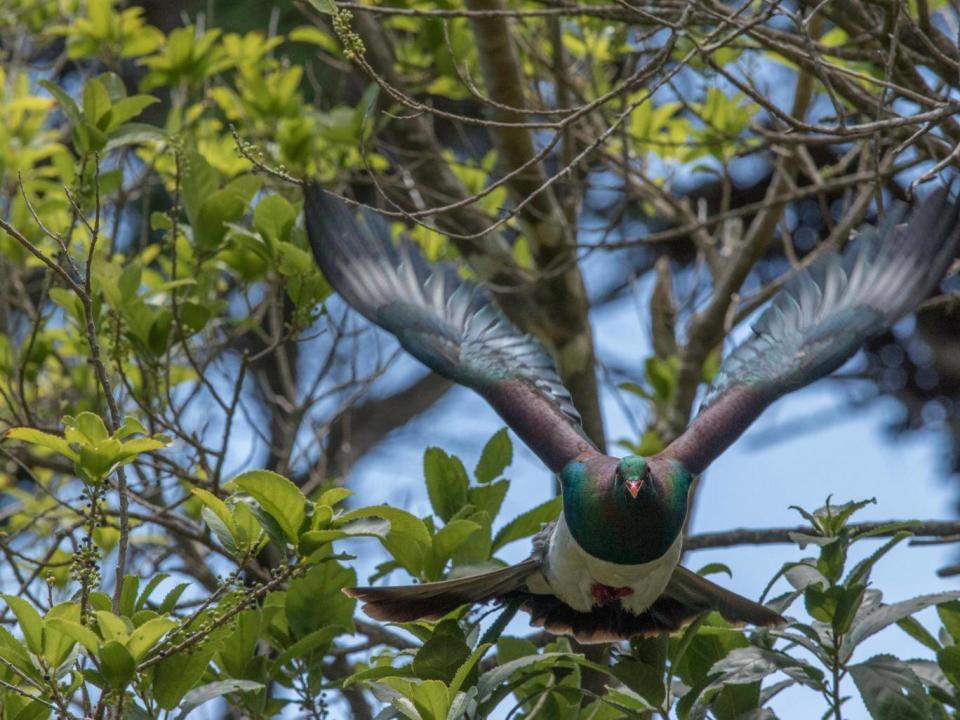
But those forests didn’t exist 30 years ago. Old photos by the wharf show how bare Tiritiri Matangi once was in its former incarnation as a farm. Once it became clear that the island wasn’t going to regenerate on its own accord, a large-scale planting programme was embarked upon. Between 1984 and 1994, 283,000 trees were planted.
The results are extraordinary. The birdsong in the forest is a near constant. Tiny riflemen shoot through, as noisy green bellbirds and bright blue kokako drop into feeding stations. Somewhere in there are the little spotted kiwis, but New Zealand’s totemic animal is unlikely to stir until dusk.
Then, near the top of the hill, comes the most remarkable sighting of all. Two robust strutters with distinctive red beaks are ambling along the track. They are takahe, a bird so rare that they were thought to be extinct for 50 years until a few survivors were found in a nigh-on inaccessible alpine valley. Even today, there are only around 275 of them in the world. To be able to stop and watch them is both a remarkable privilege, and testament to a conservation drive that has been going for over a century in a place where humans have otherwise brought little but pain.
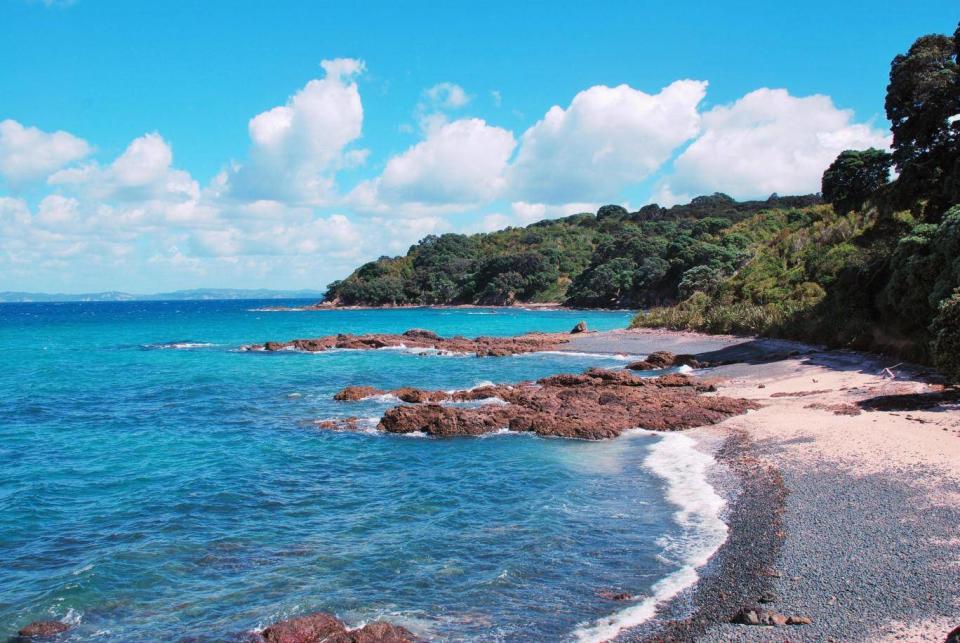
Travel essentials
Getting there
Air New Zealand flies from Heathrow to Auckland from £814. From there, day trips to Tiritiri Matangi, including the ferry and 90-minute guided walk, cost NZ$80 (£45) with Fullers.
Staying there
Pacific Island art-packed rooms at the Great Ponsonby Art Hotel cost from NZ$162 (£90) including breakfast.
More information


